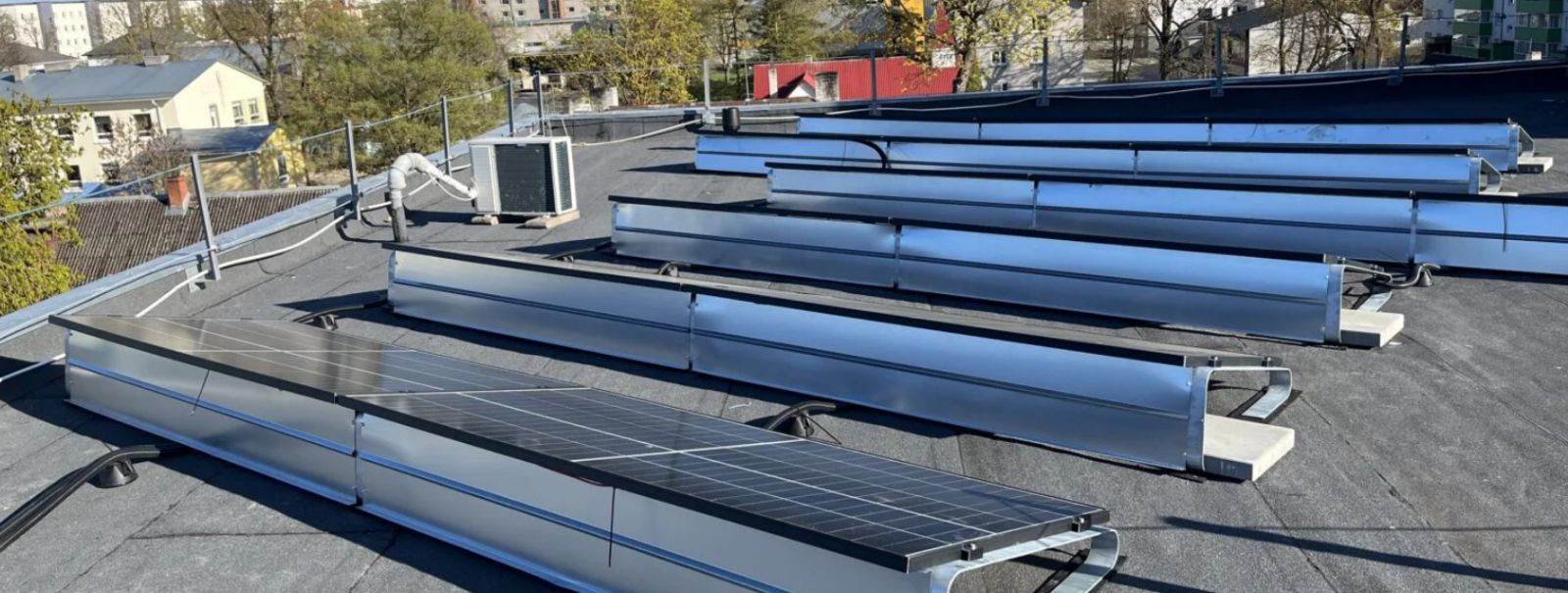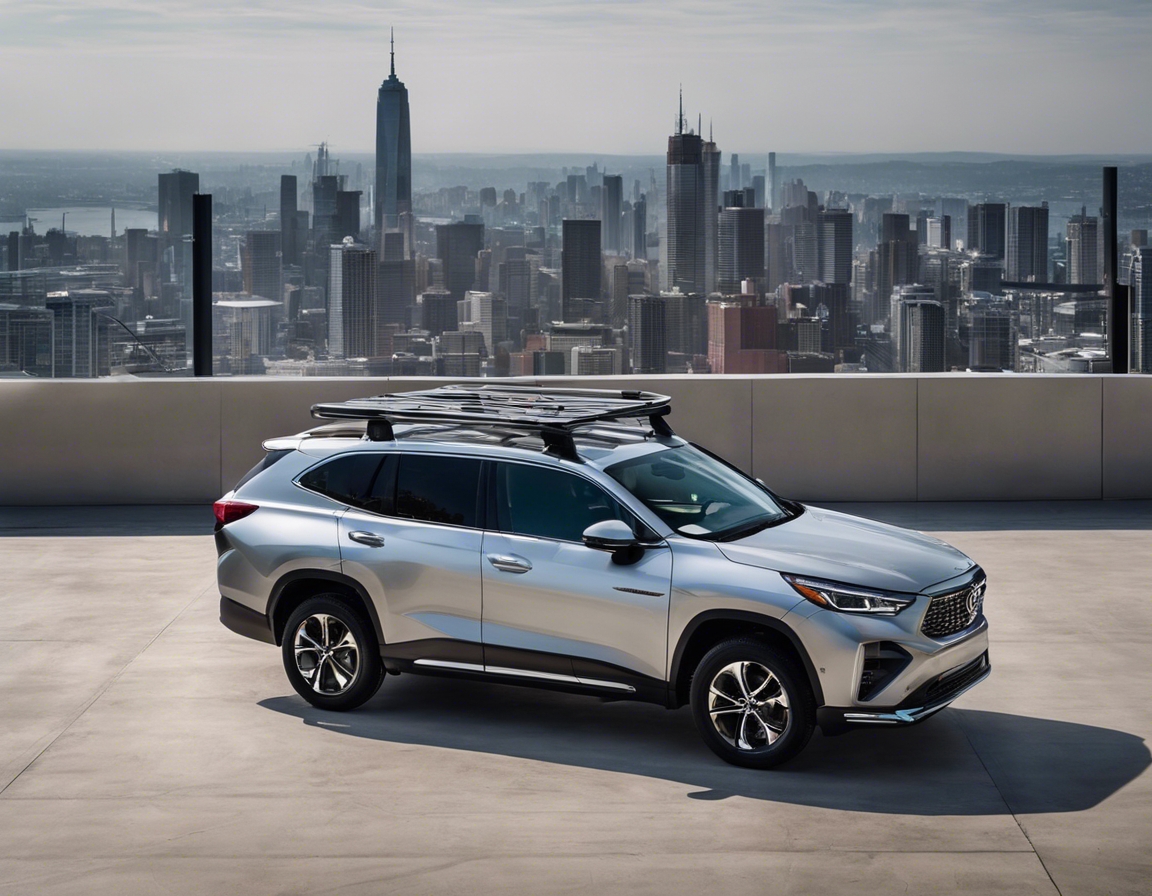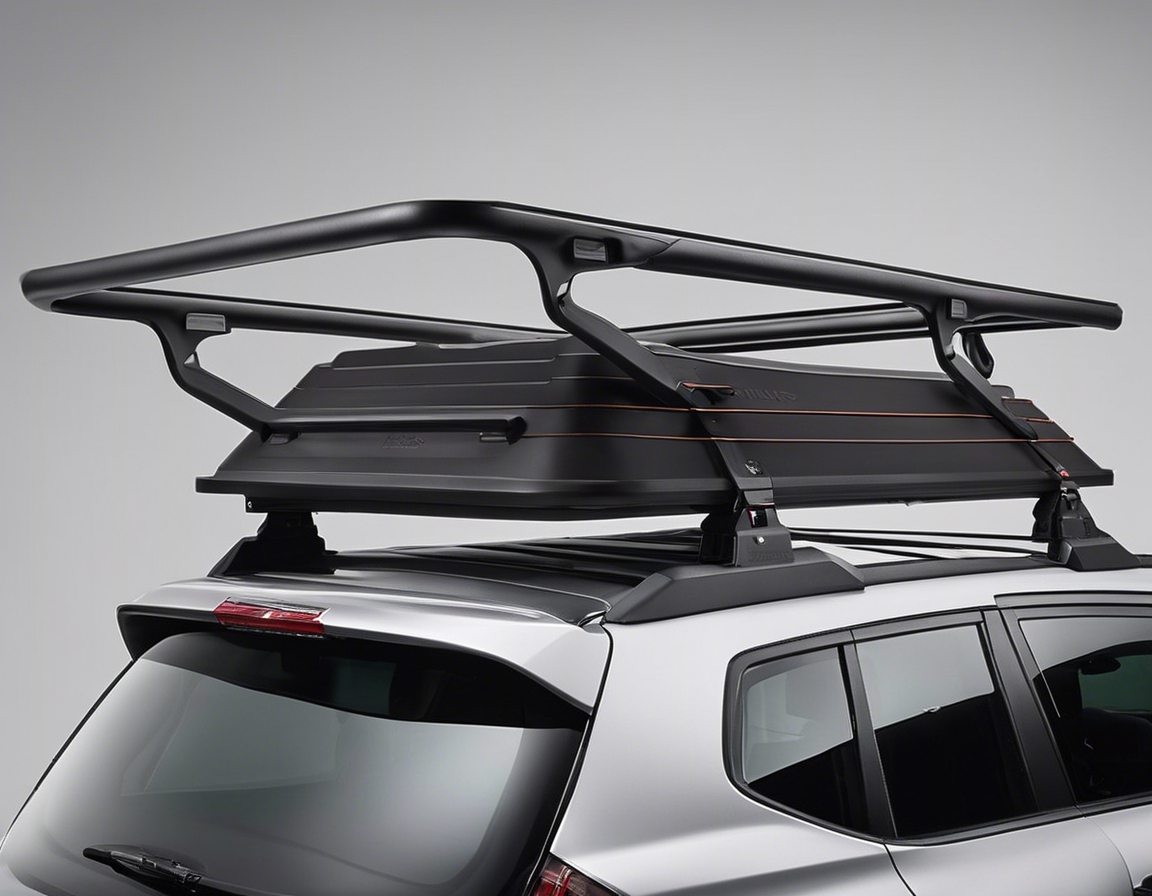The ultimate guide to installing solar panel frames
Solar panel frames are an essential component of a solar power system. They provide the structural support necessary to withstand environmental stresses such as wind, rain, and snow. Frames also ensure that solar panels are angled correctly to maximize energy absorption.
There are several types of solar panel frames available, including fixed-tilt frames, adjustable-tilt frames, and tracking systems, each designed to optimize energy production based on location and installation type.
Pre-Installation Planning
Before installation, it's crucial to evaluate your site's solar potential, taking into account factors like shading, orientation, and roof condition. This step will help determine the most suitable location for your solar panel frames.
Selecting the appropriate frame type is vital for maximizing efficiency and ensuring longevity. Consider the climate, roof type, and solar panel specifications when making your choice.
Installing solar panel frames requires specific tools and materials, including drills, wrenches, mounting hardware, and safety equipment. Ensure you have everything you need before beginning the installation process.
Step-by-Step Installation Guide
Start by securing the mounting brackets to your roof or ground base. It's important to follow manufacturer guidelines and local building codes to ensure a safe and secure installation.
Once the frames are in place, carefully attach the solar panels using the provided clamps or bolts. Make sure the panels are snugly fitted and aligned properly.
Proper wiring is crucial for system efficiency and safety. Connect the solar panels to the inverter and ensure all electrical connections are tight and weatherproof.
Grounding your solar panel system is a critical safety step to protect against electrical surges and lightning strikes. Follow the grounding procedures outlined in the National Electrical Code (NEC).
Maintenance and Troubleshooting
Regular maintenance includes cleaning the panels, checking for corrosion, and ensuring all connections remain tight. This will help extend the life of your solar panel system.
If you encounter problems with your solar panel frames, such as loose fittings or unusual noises, consult the troubleshooting guide provided by the manufacturer or contact a professional.
Adapting Solar Panel Frames for Different Roof Types
Flat roofs may require additional mounting structures to angle the panels correctly. Ballasted systems can also be used to avoid penetrating the roof membrane.
Pitched roofs typically offer an ideal angle for solar panels, but it's important to use the correct mounting system to avoid damaging the roof and ensure the panels are secure.
For those without suitable roof space, ground-mounted systems are an excellent alternative. They allow for easy access and maintenance, and can be positioned for optimal sun exposure.





Comments (0)